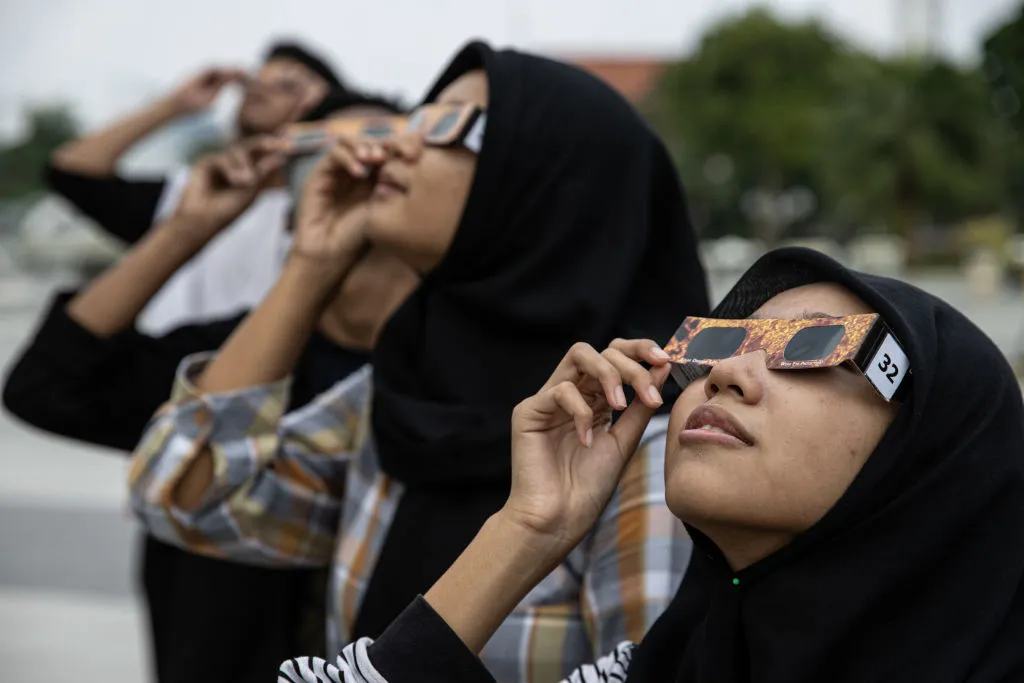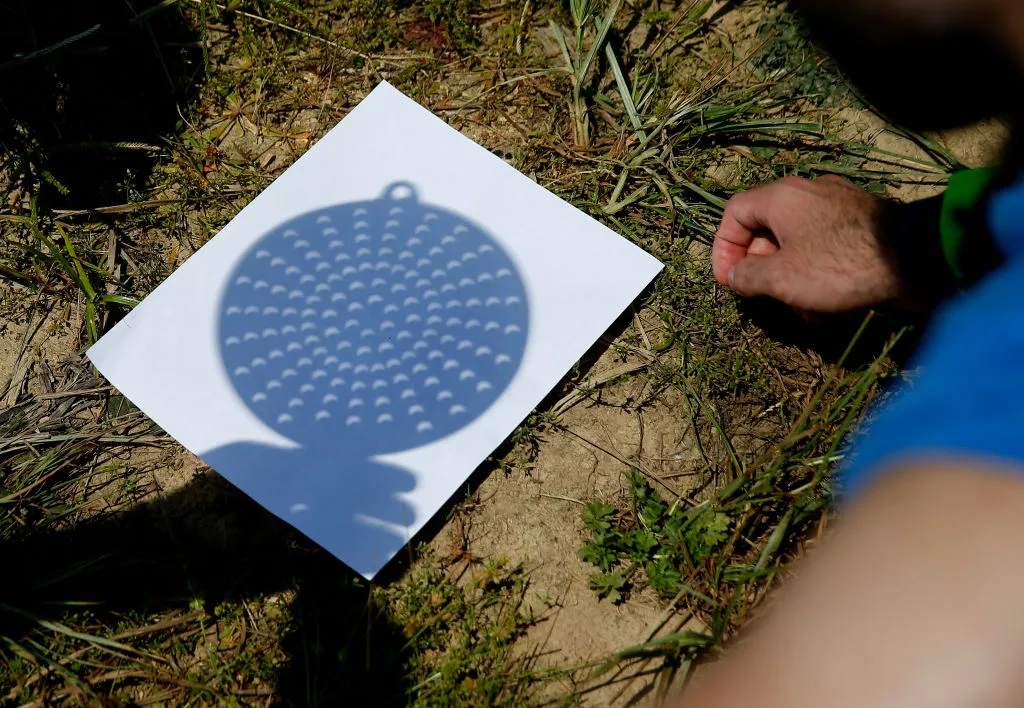The next eclipse is a partial solar eclipse on 22 September 2025, visible over New Zealand, a very small strip of the east coast of Australia and Pacific islands.
Antarctica will be one of the best land masses on Earth to see this eclipse.
There's something magical about an eclipse – be it solar or lunar – and once one is over, those lucky enough to see it are asking when the next one will take place.
Luckily astronomers know exactly when and where eclipses will happen and which parts of the world will get the best views.
Here we'll look at all the eclipses that will be visible in 2025, including how to get the best views and what you can expect to see.
This is everything you need to know about when, where and for how long each solar eclipse and lunar eclipse will occur over the coming years.
Based in the UK? Find out when the next UK eclipses are taking place.
Next solar and lunar eclipses 2025
22 September 2025: New Zealand
Type: Partial Solar Eclipse
An eclipsed sunrise that sees about 72% of the Sun blocked by the Moon is going to be visible from New Zealand, a very thin strip of eastern Australia and some Pacific islands.
17 February 2026: Southern Chile
Type: Annular Solar Eclipse
About 96% of the Sun’s center will be obscured for just 2 minutes 20 seconds, but only to a remote part of Antarctica. Southern Chile will get the merest of partial solar eclipses. This will be almost exclusively for penguins and whales.
3 March 2026
Type: Total Lunar Eclipse
About 58 minutes of lunar totality will be observable from the U.S., Australia and East Asia, though since the Moon’s southern limb only just makes it inside Earth’s shadow, our satellite may remain fairly bright.
12 August 2026: Iceland and Spain
Type: Total Solar Eclipse
A sky full of auroras during totality in Iceland!? That is very unlikely. More probable is that the ‘Land of Fire and Ice’ will be clouded-out. However, while a 2 minutes 10 seconds totality will occur 25º above the horizon from Iceland’s Snæfellsnes peninsula, in northern Spain it will be just 10º up, and decreasing to a risky eclipsed sunset from Majorca. Wherever you watch from you’ll be on tenterhooks for clear skies.
How to see the next solar eclipse

Observing a solar eclipse is a beautiful, memorable experience, but as with all solar observing, care must be taken.
Looking directly at the Sun with the naked eye will damage your eyesight, but there are ways to observe safely.
Projection is a great method, and involves indirectly observing the Sun by projecting its image onto a screen.
This isn't as difficult and can be done with a projection screen or a colander and a piece of paper!

Eclipse glasses are fitted with solar filters for safe viewing. But you must always by proper certified glasses from a reputable supplier - accept no substitutes!
Other methods include fitting a white light filter to your telescope and using a hydrogen-alpha telescope.
Or you could also use a dedicated solar telescope to get a close-up view.
How to see the next lunar eclipse
Share your observations and images with us by emailing contactus@skyatnightmagazine.com.

